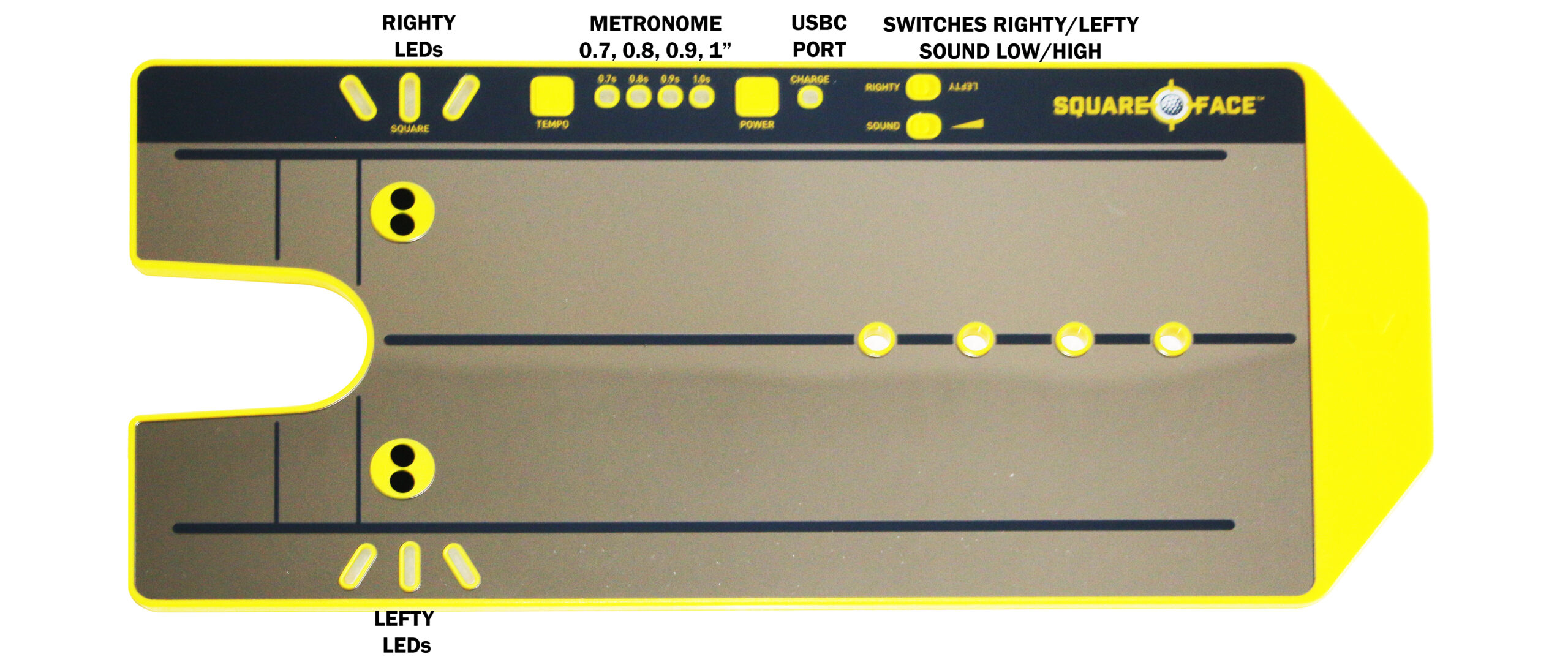
8 things to consider when putting on Paspalum Greens that will electrify your round!
Diehard golfers know the green is where the magic (and frustration) happens. But what if the putting surface itself throws you a curveball? Seashore paspalum (SP) is gaining traction on courses worldwide, and for good reason. This resilient grass boasts drought tolerance, disease resistance, and thrives in coastal environments. But how does it play? Buckle up, because SP greens require a whole new way of reading breaks and mastering your putting stroke.
The Paspalum Putting Paradox: Firm Yet Sticky
Unlike the lightning-fast, ultradwarf Bermudagrass greens many golfers are accustomed to, paspalum offers a unique challenge. Its dense, finer leaf blades create a firm surface, ideal for holding a true line. However, paspalum also possesses a characteristic golfers call “stickiness.” This refers to the way the ball interacts with the grass, particularly at slower green speeds.
Here’s why it matters:
- Reduced Ball Roll: Expect shorter rollouts compared to Bermudagrass. Those juicy birdie putts that disappear into the cup on other greens might leave you a tap-in, or worse, needing another putt on paspalum.
- Friction Factor: The “stickiness” can cause the ball to grab slightly at impact, affecting its forward momentum. This is especially true on pitches and slower strokes.
Mastering the Green: How to Read Seashore Paspalum
So, how do you conquer these quirky putting surfaces? Here are some key strategies:
- Focus on Pace, Not Power: Hitting the ball too hard will overpower the green and lead to long putts. Focus on a smooth, controlled stroke with an emphasis on distance control.
- Read for Angle, Not Break: The visual perception of break can be deceiving on paspalum greens. Since the ball tends to grab a bit, focus on reading the angle of the downhill slope rather than relying solely on perceived break. Aim to start the ball on the correct line, trusting the green to hold it.
- Allow for Extra Borrow: Because of the “stickiness,” you might need to allow for slightly more borrow (the tendency of the ball to curve towards the low side of the green) compared to other putting surfaces.
Advanced Techniques for the Dedicated Putter
Ready to take your paspalum game to the next level? Here are some insider tips:
- The Speed Test: Before you start holing putts, pay attention to the green’s speed. Hit a few lag putts and observe how far the ball rolls. This will help you gauge the necessary power for your other putts.
- The Pitch Putt: Mastering the pitch putt is crucial on paspalum greens. This short, controlled stroke minimizes the effect of the “stickiness” and allows for more precise distance control, especially on uphill putts.
- Putting with Feel: Since visual cues might be slightly misleading, develop a stronger putting feel. Practice drills hitting putts with your eyes closed to hone your sense of power and direction.
Final Thoughts: Embracing the Challenge
Seashore paspalum greens present a unique challenge for golfers. While they offer a firm, true-rolling surface, the “stickiness” can alter how you read breaks and control pace. However, with the right approach and practice, you can master these greens and sink more putts. Remember, the key lies in focusing on pace over power, reading angles, and developing a feel for the green’s speed. So, the next time you find yourself on an SP green, don’t be discouraged. Embrace the challenge, and watch your putting game rise to the occasion!

The Square Face And Putt Like A Pro Book
Click here for 10% off the Square Face (use coupon code SUPERIORGOLF) and my eBook free with the purchase of the Square Face
